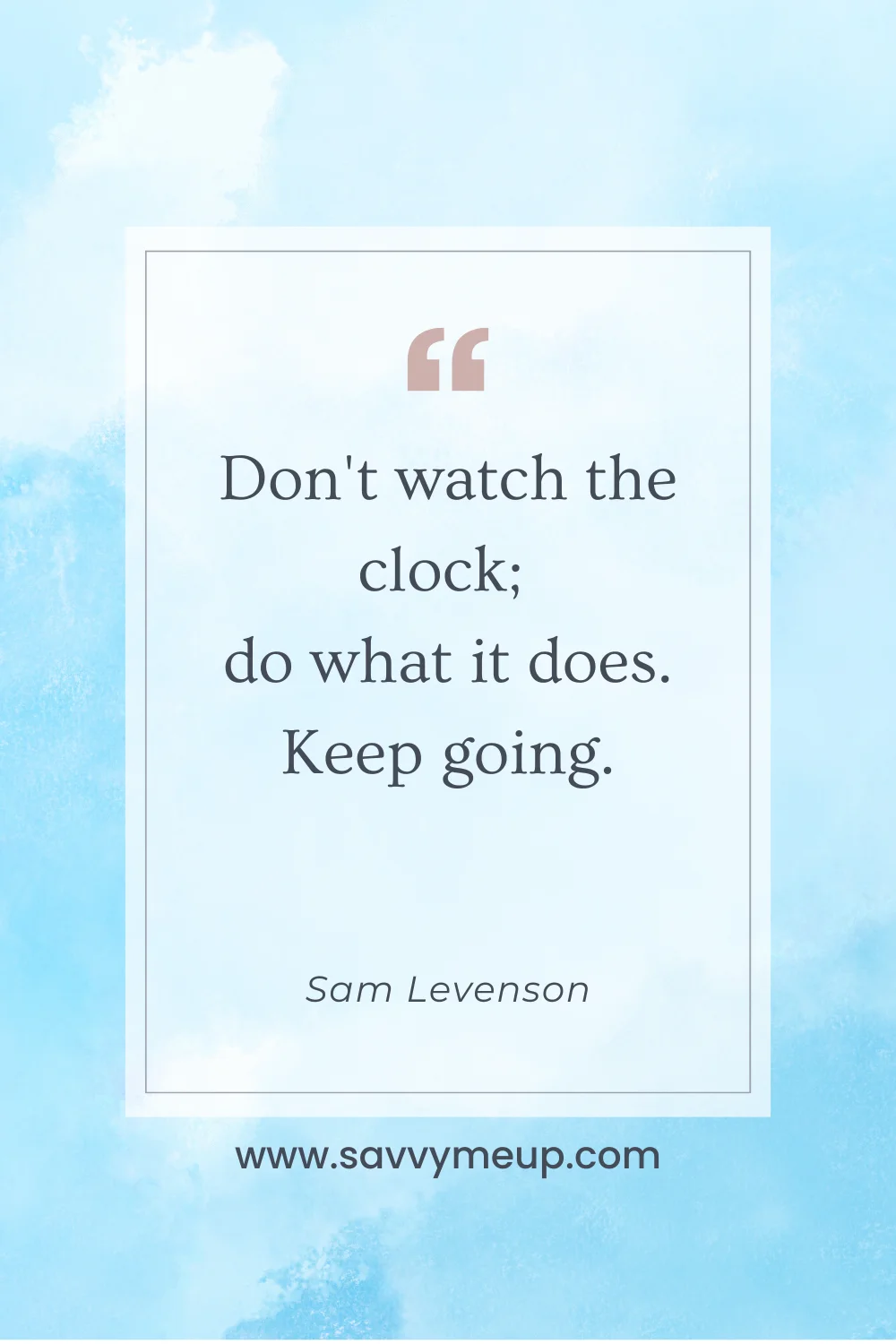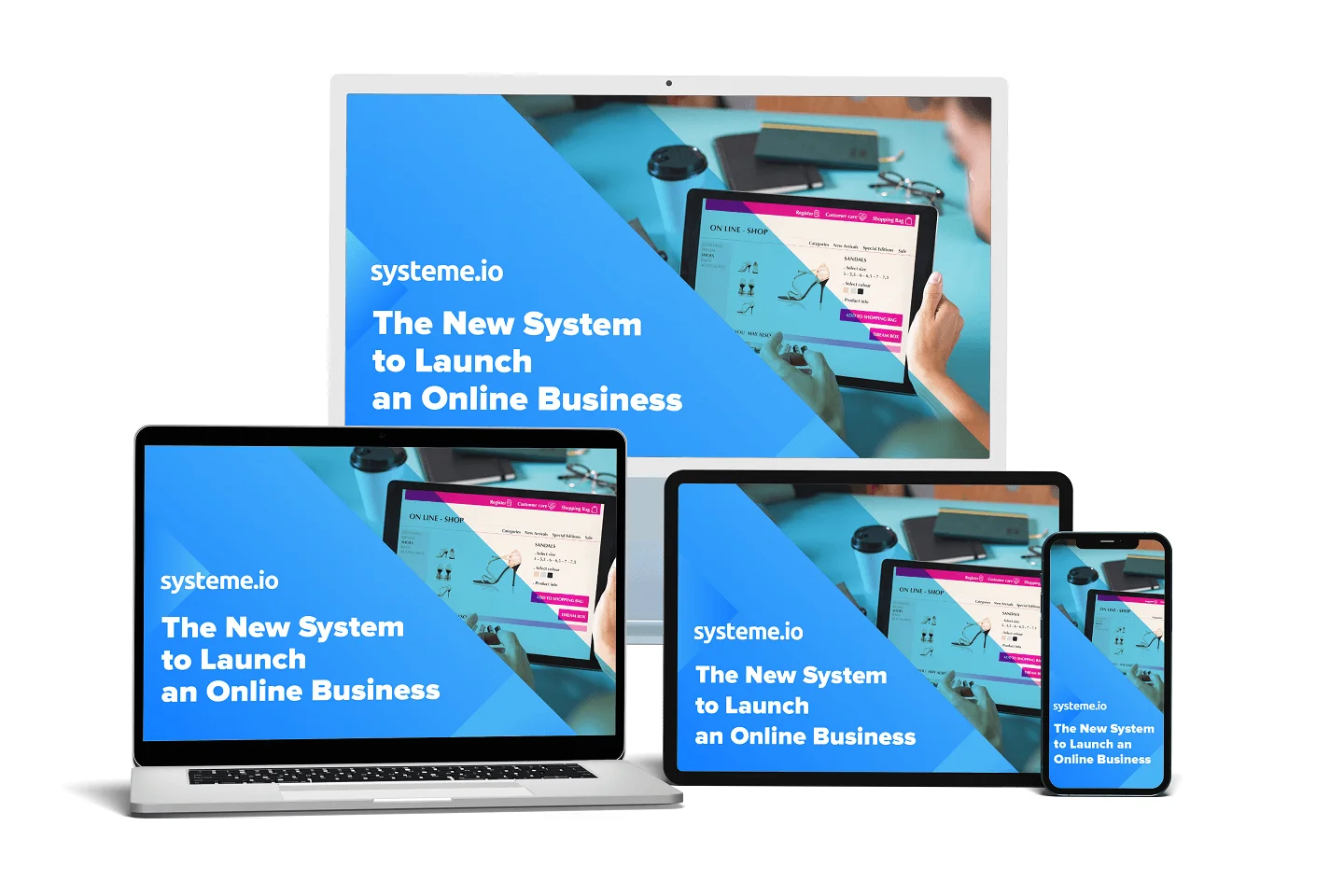Affiliate marketing has become a popular way for bloggers and content creators to monetize their platforms. By partnering with affiliate programs, such as Amazon and Pinterest, bloggers can earn a commission for promoting products and driving sales. In this article, we will explore the benefits of combining Amazon and Pinterest for affiliate marketing and provide tips on how to optimize your strategy.
Amazon is one of the largest e-commerce platforms in the world, offering a wide range of products for consumers. As an affiliate, you can earn a commission by promoting products from Amazon on your blog or social media platforms. Pinterest, on the other hand, is a visual discovery platform where users can find and save ideas for various topics. By combining these two platforms, bloggers and content creators can increase their exposure and reach a larger audience.
The Benefits of Combining Amazon and Pinterest for Affiliate Marketing
One of the main benefits of combining Amazon and Pinterest for affiliate marketing is the increased exposure and reach for products. Pinterest is known for its highly visual nature, making it an ideal platform for showcasing products. By creating eye-catching pins that link to your Amazon affiliate products, you can attract more users to click on your links and potentially make a purchase.
Another benefit is the diversification of income streams. By partnering with both Amazon and Pinterest, you are not solely reliant on one platform for your affiliate earnings. If one platform were to change its policies or reduce commission rates, you would still have another source of income to rely on.
Additionally, combining Amazon and Pinterest allows you to target specific audiences. Pinterest users are often looking for inspiration and ideas, making it a great platform to promote products that align with their interests. By creating boards and pins that cater to specific niches or demographics, you can attract users who are more likely to be interested in the products you are promoting.
Understanding the Amazon Affiliate Program and How to Get Started
The Amazon Affiliate Program, also known as Amazon Associates, allows bloggers and content creators to earn a commission by promoting products from Amazon. To get started, you will need to sign up for an Amazon Associates account and get approved.
To sign up for an Amazon Associates account, visit the Amazon Associates website and click on the “Join Now for Free” button. You will need to provide information about your website or blog, including its URL and the topics you cover. You will also need to provide your personal information and agree to the terms and conditions of the program.
Once you have signed up, you will need to wait for approval from Amazon. This process can take up to 48 hours. Once approved, you will have access to your Amazon Associates dashboard, where you can generate affiliate links and track your earnings.
When choosing products to promote as an Amazon affiliate, it is important to consider your audience’s interests and needs. Look for products that are relevant to your niche and that you genuinely believe in. It is also helpful to choose products that have positive reviews and high ratings on Amazon, as this can increase the likelihood of users making a purchase.
Creating a Pinterest Business Account and Understanding its Features
To fully leverage Pinterest for affiliate marketing, it is recommended to create a Pinterest Business account rather than a personal account. A business account provides additional features and analytics that can help you optimize your strategy.
To create a Pinterest Business account, visit the Pinterest Business website and click on the “Join as a business” button. You will need to provide information about your business or blog, including its name and website URL. You will also need to agree to the terms and conditions of Pinterest’s business accounts.
Once you have created your business account, you will have access to features such as Pinterest Analytics, which provides insights into your audience’s interests and behaviors. You will also be able to create Rich Pins, which include additional information about the products you are promoting, such as pricing and availability.
How to Optimize Your Pinterest Profile for Affiliate Marketing
To optimize your Pinterest profile for affiliate marketing, it is important to create a visually appealing profile that reflects your brand. Choose a profile picture that is clear and professional, and write a compelling bio that describes what you do and what users can expect from your pins.
In addition to visual appeal, it is important to optimize your profile for Pinterest SEO. Conduct keyword research to identify popular search terms related to your niche, and incorporate these keywords into your profile description, board titles, and pin descriptions. This will help your pins appear in relevant search results and attract more users to click on your links.
When creating boards for affiliate marketing, choose topics that are relevant to your niche and that align with the products you are promoting. Use descriptive titles and add relevant keywords to increase the visibility of your boards in search results. It is also helpful to organize your boards into categories to make it easier for users to navigate and find the content they are interested in.
Best Practices for Creating Affiliate Pins on Pinterest
Creating eye-catching pins is crucial for attracting users’ attention and encouraging them to click on your affiliate links. Use high-quality images that are visually appealing and relevant to the products you are promoting. Consider using lifestyle images or product close-ups to showcase the features and benefits of the products.
In addition to visuals, it is important to write compelling product descriptions that entice users to learn more about the products. Highlight the key features and benefits of the products, and include a call-to-action that encourages users to click on the link for more information or to make a purchase.
When using affiliate links on Pinterest, it is important to disclose that you may earn a commission from purchases made through your links. This can be done by adding a disclosure statement in your pin descriptions or by using Pinterest’s built-in disclosure tool. Transparency is key in affiliate marketing, and users appreciate knowing that you may earn a commission from the products you recommend.
Creating Boards and Group Boards for Affiliate Marketing
Creating boards and group boards is an effective way to organize your pins and attract more users to your affiliate links. Boards allow you to categorize your pins based on topics or themes, making it easier for users to find the content they are interested in.
When creating boards for affiliate marketing, it is important to choose topics that are relevant to your niche and that align with the products you are promoting. Consider the interests and needs of your target audience, and create boards that provide value and inspiration.
Group boards are collaborative boards where multiple pinners can contribute pins. Joining or creating group boards can help increase the exposure of your pins and attract more users to your affiliate links. When choosing group boards to join, look for boards that have a large number of followers and active contributors. It is also helpful to choose boards that are relevant to your niche and have a similar target audience.
How to Drive Traffic to Your Affiliate Links with Pinterest
Driving traffic to your affiliate links on Pinterest requires a strategic approach. Understanding Pinterest’s algorithm and how it affects traffic is crucial for optimizing your strategy.
Pinterest’s algorithm prioritizes fresh content and engagement. This means that regularly pinning new content and engaging with other pinners can help increase the visibility of your pins. Aim to pin consistently and strategically throughout the day, rather than pinning all at once. This will help distribute your pins throughout different time zones and increase the likelihood of them being seen by more users.
Promoting your pins and boards can also help drive traffic to your affiliate links. Consider using Pinterest’s Promoted Pins feature, which allows you to pay for increased visibility of your pins. You can target specific keywords or interests to reach users who are more likely to be interested in the products you are promoting.
Measuring Your Success: Analyzing Your Amazon and Pinterest Affiliate Performance
Analyzing your Amazon and Pinterest affiliate performance is crucial for understanding what is working and making adjustments to your strategy. Both Amazon and Pinterest provide reporting tools that allow you to track your earnings and analyze data.
Amazon’s reporting tool provides insights into your affiliate earnings, including the number of clicks, orders, and conversion rates. Use this data to identify which products are performing well and which ones may need to be adjusted or replaced. It is also helpful to track your earnings over time to identify trends and patterns.
Pinterest’s analytics tool provides insights into your audience’s interests and behaviors, as well as the performance of your pins and boards. Use this data to identify which pins are driving the most traffic and conversions, and adjust your strategy accordingly. It is also helpful to track your follower growth and engagement metrics to gauge the success of your overall Pinterest strategy.
Tips for Building a Strong Affiliate Community on Pinterest
Building relationships with other pinners is important for building a strong affiliate community on Pinterest. Engaging with followers and other pinners can help increase your visibility and attract more users to your affiliate links.
One way to engage with followers is by responding to comments on your pins and boards. Take the time to answer questions, provide additional information, or simply thank users for their engagement. This shows that you value their feedback and encourages them to continue engaging with your content.
Collaborating with other pinners on group boards is another effective way to build a strong affiliate community on Pinterest. By joining or creating group boards, you can connect with other content creators in your niche and share each other’s pins. This not only increases the exposure of your pins but also helps build relationships with other pinners.
Taking Your Affiliate Marketing Strategy to the Next Level with Amazon and Pinterest
Combining Amazon and Pinterest for affiliate marketing can take your strategy to the next level. By leveraging the reach and visual nature of Pinterest, you can increase your exposure and attract more users to your affiliate links. By partnering with Amazon, you can diversify your income streams and earn a commission for promoting products.
To make the most of this combination, it is important to create a comprehensive strategy that includes optimizing your Pinterest profile, creating eye-catching pins, and driving traffic to your affiliate links. It is also important to stay up-to-date with changes to Amazon and Pinterest’s affiliate programs, as policies and commission rates may change over time.
By following these tips and best practices, you can build a successful affiliate marketing strategy that generates income and provides value to your audience. Remember to track your performance, analyze data, and make adjustments as needed to ensure continued success.







































0 Comments